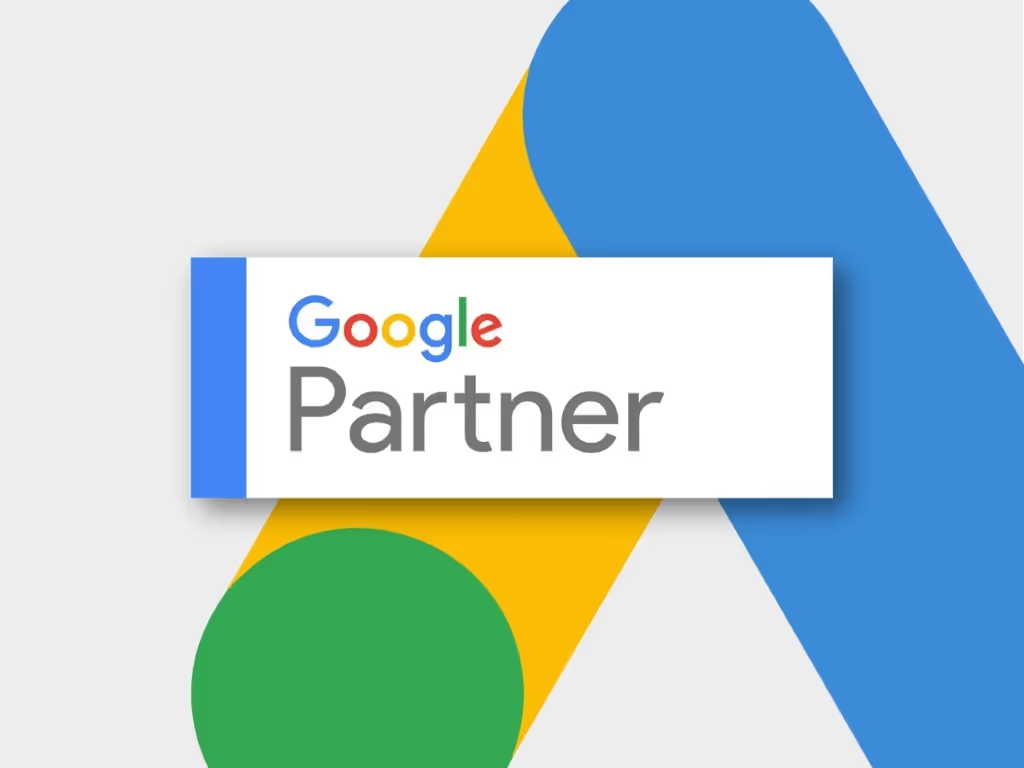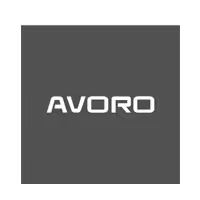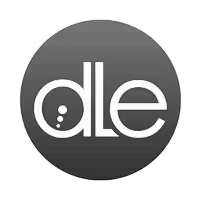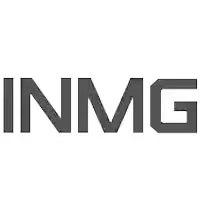Ad Scheduling in Google Ads: Timing Your Campaigns for Success

Effective advertising requires not only great content and design but also strategic timing. Ad scheduling, a powerful feature in Google Ads, allows marketers to optimize their ad visibility by controlling when their ads appear to users. By focusing on timing, businesses can ensure their campaigns reach the audience at the most opportune moments.
What is Ad Scheduling in Google Ads?
Ad scheduling, also known as dayparting, is a feature in Google Ads that enables advertisers to specify hours and days of the week when their ads are shown. This allows advertisers to tailor their campaigns to the unique behaviors and preferences of their target audience.
In essence, ad scheduling helps optimize ad spend by aligning ad delivery with peak times when potential customers are most likely to convert. For example, a restaurant might choose to show ads primarily during lunch hours and late evenings when customers are searching for places to eat.
This feature can be particularly beneficial for businesses that experience fluctuations in traffic or sales based on the time of day or day of the week. Understanding when customers are online and ready to engage is critical to maximizing ad performance.
Moreover, ad scheduling can also enhance the effectiveness of promotional campaigns. For instance, a retail store might want to increase visibility during holiday shopping seasons or special sales events. By strategically scheduling ads to run during these high-traffic periods, businesses can capture the attention of consumers who are actively looking for deals, thereby increasing the likelihood of conversions. Additionally, advertisers can analyze historical performance data to identify trends and adjust their schedules accordingly, ensuring that their ads are always reaching the right audience at the right time.
Another important aspect of ad scheduling is its ability to improve overall campaign efficiency. By limiting ad exposure to specific times, businesses can reduce wasted impressions and clicks during off-peak hours when their target audience is less likely to engage. This not only helps in conserving budget but also allows for more focused and effective ad delivery. Advertisers can experiment with different scheduling strategies, such as rotating ads during weekdays versus weekends, to find the optimal mix that drives the best results for their campaigns.
Benefits of Using Ad Scheduling to Improve ROI
Implementing ad scheduling in a Google Ads campaign can lead to significant benefits in terms of return on investment (ROI). Below are some key advantages:
- Cost Efficiency: By concentrating ad spend during peak times, businesses can reduce wasted budget on periods of low engagement.
- Increased Conversion Rates: Showing ads when users are most likely to convert can enhance overall campaign performance and drive more sales.
- Enhanced Targeting: Ad scheduling allows more precise targeting of ads based on user behavior, ultimately leading to improved customer experience.
- Better Insights: Over time, analyzing the data from scheduled ads can provide valuable insights about customer preferences and behaviors.
In addition to these advantages, ad scheduling can also facilitate a more strategic approach to marketing campaigns. By identifying and capitalizing on specific time slots when target audiences are most active, businesses can tailor their messaging and promotions to resonate with potential customers. For instance, a retail brand may find that their audience is most engaged during weekend evenings, allowing them to push special offers or new product launches during these high-traffic times, thereby maximizing the impact of their advertising efforts.
Moreover, ad scheduling can be particularly beneficial for seasonal promotions or events. Businesses can plan their campaigns around holidays, sales events, or even local happenings to ensure their ads are seen at the most opportune moments. This not only enhances visibility but also creates a sense of urgency among consumers, encouraging quicker decision-making and fostering a stronger connection between the brand and its audience. By leveraging these insights and strategies, companies can significantly boost their overall marketing effectiveness and drive higher ROI.
How to Set Up Ad Scheduling in Your Campaigns
Setting up ad scheduling in Google Ads is a straightforward process. Follow these steps to ensure your campaigns are timed for success:

- Sign in to Google Ads: Log into your Google Ads account.
- Select Campaign: Choose the campaign you want to add ad scheduling to.
- Access Ad Schedule: Click on the “Ad Schedule” option in the left-hand menu.
- Set Your Schedule: Click the pencil icon to edit your ad schedule. You can then select the specific days and times you want your ads to run.
- Review and Save: After making your selections, review your schedule and click “Save” to apply the changes.
This setup not only allows for detailed control over ad delivery but enables continuous monitoring and refinement based on performance metrics. By strategically scheduling your ads, you can ensure that they reach your target audience when they are most likely to engage, maximizing your return on investment. For example, if your analytics indicate that your audience is most active during weekends or specific hours of the day, you can tailor your ad schedule accordingly to capture that traffic.
Moreover, ad scheduling can be particularly beneficial for businesses that have peak seasons or specific promotional periods. For instance, if you run a retail store that sees a surge in customers during the holiday season, you can set your ads to run more frequently during that time. This not only enhances visibility but also aligns your advertising efforts with consumer behavior, ultimately leading to higher conversion rates. Additionally, regularly reviewing your ad performance during scheduled times can provide insights into further optimizing your campaigns, allowing you to adjust your strategy based on real-time data.
Tips for Identifying Peak Performance Times
To utilize ad scheduling effectively, identifying peak performance times for your specific audience is crucial. Here are some tips to help in this process:

- Analyze Historical Data: Use data from past campaigns to identify trends and peak performance times. Google Ads and Google Analytics are excellent tools for this.
- Consider Industry Norms: Understand common peak times in your industry. For instance, retail brands often see spikes during holidays or weekends.
- Test Different Times: Conduct A/B testing by running ads at various times and analyzing the results to determine when your audience is most responsive.
- Utilize Time of Day Reports: Leverage reports in Google Ads to analyze performance based on the time of day and day of the week.
By combining data analysis with practical testing, marketers can pinpoint the optimal times to run their campaigns and maximize their effectiveness. Additionally, it’s important to consider the time zones of your target audience, especially if you are operating on a national or global scale. Different regions may have varying peak times based on local habits and cultural practices. For example, a campaign targeting consumers in the United States may need to account for the differences between the East Coast and West Coast, as well as any regional holidays that could impact online behavior.
Furthermore, engaging with your audience through surveys or social media can provide qualitative insights into their online habits. Understanding when your audience is most active can not only improve ad performance but also enhance overall customer engagement. By fostering a deeper connection with your audience, you can tailor your messaging and timing to align with their preferences, ultimately leading to more successful campaigns.
Examples of Ad Scheduling Strategies That Work
Numerous businesses have successfully implemented ad scheduling strategies that resulted in improved campaign performance. Here are a few examples:
- Seasonal Promotions: A local flower shop increased sales significantly by scheduling ads to appear during key holidays such as Valentine's Day and Mother's Day, focusing visibility in the days leading up to these occasions. By utilizing targeted keywords related to each holiday, they captured the attention of customers searching for last-minute gifts, which not only boosted their sales but also enhanced their brand visibility in the community.
- Service-Based Businesses: A plumbing service scheduled ads for early mornings and late evenings when people typically encounter plumbing issues, resulting in more leads when potential clients were most likely to search for urgent services. This strategic timing allowed them to position themselves as the go-to solution for emergencies, leading to a higher conversion rate as customers often prefer immediate assistance during inconvenient hours.
- E-commerce Brands: An online retail store analyzed traffic trends and found that their customers shopped heavily in the evenings, prompting them to run ads primarily from 5 PM to 10 PM. By aligning their advertising efforts with consumer behavior, they not only increased their click-through rates but also saw a significant uptick in sales during these hours, proving the effectiveness of data-driven decision-making.
These real-world applications illustrate the power of ad scheduling as a tool not just to save costs but to strategically increase engagement and conversions throughout the advertising lifecycle. Furthermore, businesses that leverage ad scheduling often find that they can tailor their messaging to fit the context of the time, enhancing the relevance of their ads. For instance, a coffee shop might run ads in the early morning promoting their breakfast specials, while in the afternoon, they could switch to highlighting their cozy atmosphere for an afternoon break. This level of customization can lead to a more personalized customer experience, fostering loyalty and repeat business.
Moreover, the use of analytics tools to monitor the performance of scheduled ads can provide invaluable insights. By tracking metrics such as click-through rates, conversion rates, and overall engagement, businesses can refine their strategies over time. This iterative approach not only maximizes the effectiveness of their advertising spend but also allows them to stay agile in responding to changing consumer behaviors and market trends. As businesses continue to adapt to the digital landscape, the importance of a well-thought-out ad scheduling strategy becomes increasingly evident, paving the way for sustained growth and success.

As a Google Ads expert, I bring proven expertise in optimizing advertising campaigns to maximize ROI.
I specialize in sharing advanced strategies and targeted tips to refine Google Ads campaign management.
Committed to staying ahead of the latest trends and algorithms, I ensure that my clients receive cutting-edge solutions.
My passion for digital marketing and my ability to interpret data for strategic insights enable me to offer high-level consulting that aims to exceed expectations.
Google Partner Agency
We're a certified Google Partner Agency, which means we don’t guess — we optimize withGoogle’s full toolkit and insider support.
Your campaigns get pro-level execution, backed by real expertise (not theory).

4.9 out of 5 from 670+ reviews on Fiverr.
That’s not luck — that’s performance.
Click-driven mind
with plastic-brick obsession.
We build Google Ads campaigns with the same mindset we use to build tiny brick worlds: strategy, patience, and zero tolerance for wasted pieces.
Data is our blueprint. Growth is the only acceptable outcome.














